Features and Habitats
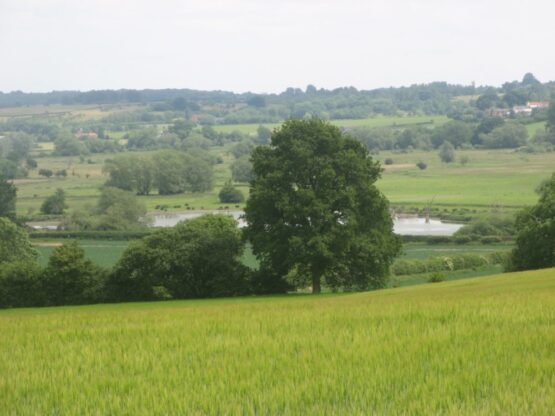
Within Dedham Vale, one of the smallest National Landscapes in the country, there is an extraordinary range of different spatial scales and special features, giving rise to distinctive landscape characters.
The Vale embraces rolling fields on the valley slopes, lush and sheltered valley-floor meadows and open marshes, intimate tributary valleys and nucleated villages of great charm and vibrant colour. These are just a few of its special qualities.
Upstream from Dedham Vale National Landscape (between Bures and Great Bradley) is an additional 302 km2 of land which has similar picturesque landscape qualities to Dedham Vale. This area is known as the Stour Valley Project Area.
Although in some areas the landscape here has been slightly altered by settlement growth and agricultural expansion, it has not fundamentally changed and still retains historic rural characteristics.
The Stour Valley Project Area resembles Dedham Vale with similar gently undulating river valley topography, medieval settlement pattern and rural characteristics.
The Valley Landform
Dedham Vale is noted for its subtle valley profile, and attractive lowland landscape. It is this overall character which embraces the other typical features of the Vale and it is therefore worthy of mention.
The valley sides and valley floor are comfortably proportioned and gentle in their character, and form a subtle and unassuming landscape. The convex slopes of the valley sides are particularly characteristic, and most readily experienced when entering the Vale along the rural lanes from the north or south.
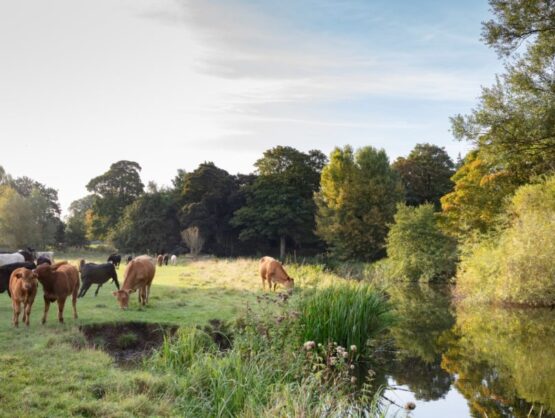
Rivers, meadows and pastures
Perhaps the most memorable feature of the Vale landscape is the lush lowland character of the floodplain meadows and pastures, immediately adjacent to the Rivers Stour, Brett and Box.
The floodplain landscape varies considerably depending on the time of year. In winter it is an open, deserted landscape with brown reeds lining water channels and frost on the branches of willow and alder.
In contrast, it becomes a green and more enclosed landscape in the summer, populated not only by cattle grating in buttercup meadows but also by tourists boating, walking and picnicking in true English style.
The river channels generally have well-vegetated margins, in places overhanging willow trees, forming tunnels of shady green.
In contrast the Cattawade Marshes to the east of the National Landscape, remain open and exposed throughout the year, reflecting a change in character as the Scour Valley nears the tidal estuary. This area of marshes is designated a Site of Scientific Interest for its important wetland habitats and nature conservation value.
Within the floodplain landscape small white bridges that cross the water channels, occasional mill buildings, mill ponds, and traditional barns provide splashes of colour and interesting focal points.
Traditional vernacular buildings
The traditional buildings and settlements of Dedham Vale make a significant contribution to the landscape character.
The number of unspoilt buildings and settlements in the landscape, compliment the natural features and landform, and create a strong character and identity.
The majority of settlements within the Vale date to the Saxon period, some being mentioned in Doomsday in 1086. The spatial arrangement of buildings is distinctive, generally clustered around small, triangular greens or common land called 'tyes'.
The significant medieval stone-built churches stand as landmarks and icons to an earlier period of prosperity, reinforcing local identity and featuring in many artist’s depictions of the landscape.
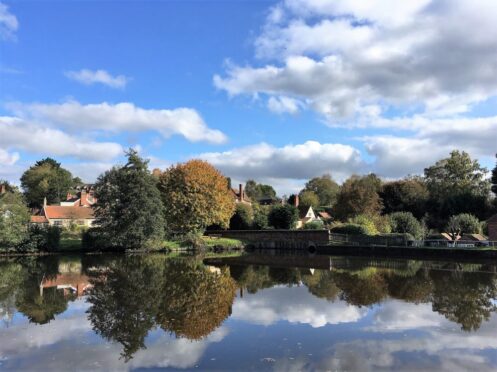
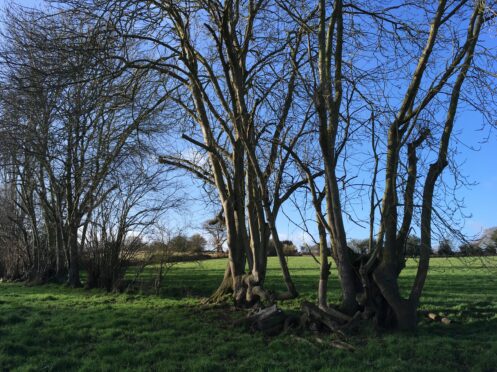
Ancient lanes, grass verges and hedges
These winding lanes possess an intrinsic quality in their own right that offers a very particular landscape experience to those who travel along them.
The sinuous pattern of lanes and roads is likely to reflect very early patterns of movement within the valley, dating back to prehistoric times. Mainly however, there is more concrete evidence relating to the use of these lanes in the Anglo-Saxon period.
Many of the lanes cross the Vale at right angles to the river and may relate to the moving of livestock from the valley floor pastures to the heaths/common land on the upper slopes. Crossing points of the river were established and arc little changed today, leaving some areas of the Vale relatively inaccessible.
Woodland and trees
Woodland and trees are an essential part of the Vale's character, enclosing lanes, enhancing landform and framing views.
There are no extensive areas of woodland however; small copses, farm woods and overlapping lines of hedgerow trees are more typical and together create the impression of a well-wooded landscape.
Dedham Vale National Landscape does in fact have just over 12% woodland cover. Over 80% of this woodland is broadleaved, 15% coniferous and 7% ancient woodland. Mature oak trees are common in hedgerows or as isolated trees in fields on the lower slopes, with elm, thorn, oak, hazel and field maple in hedgerows.
Further up the valley sides holly, pine, and ash become more common, with yew and laurel occurring around settlements and areas of remnant parkland.
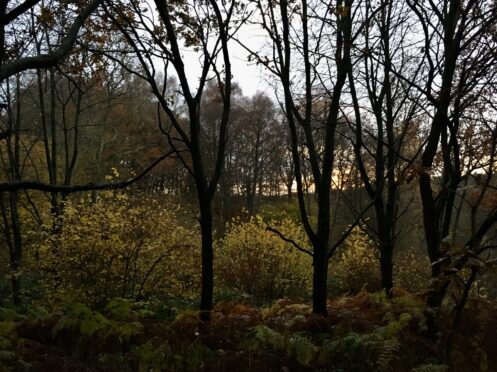

Parkland
The pattern of enclosure has also been significantly altered by land ownership over the centuries.
The development of medieval deer parks such as Giffords Hall, and 17th century halls and parkland, such as Smallbridge and Tendring Hall, have also left their mark in woodland distribution, pasture fields and enclosure patterns.
Field Patterns
A mixture of field patterns occurs within the Vale. Patterns vary, from early enclosure on the valley sides, draining of the floodplain, enclosure of former common, to more recent hedgerow removal and field enlargement.
Although a great mixture of patterns exist, the valley sides generally reflect a small scale enclosure pattern, associated with villages, while larger fields are visible in areas of former common on the upper slopes.
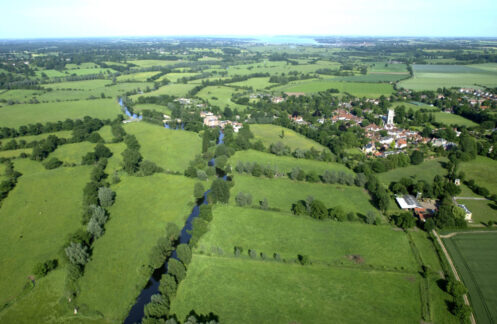
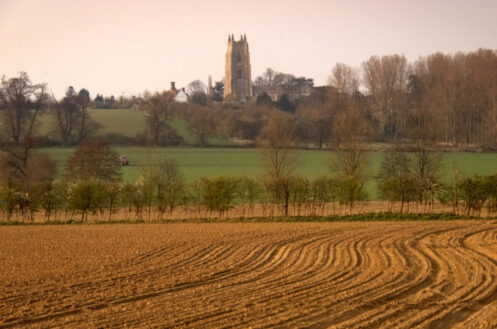
Farmland
Most of the land in Dedham Vale is agricultural, with the majority of land used for arable crops and bare fallow.
Fields are generally small-scale and laid out in an irregular medieval pattern and marked by ancient, species-rich hedgerows. Permanent grass is also common agricultural land use, covering a third of the National Landscape.
